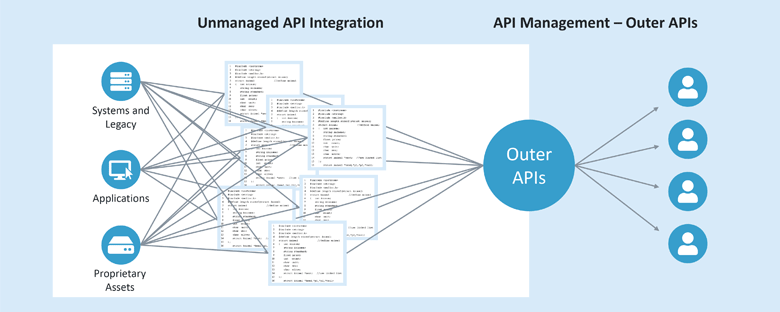Index Surge: Amplifying Your Insights
Stay updated with the latest trends and news across various industries.
API Integration: The Unsung Hero of Modern Development
Unlock the secrets of API integration and discover why it's the unsung hero of modern development! Dive in now!
Understanding API Integration: How It Powers Modern Applications
API integration is a crucial aspect of modern software development, enabling different applications to communicate and share data seamlessly. By allowing disparate systems to work together, APIs (Application Programming Interfaces) act as bridges, facilitating the exchange of information and enhancing functionality. This integration not only streamlines workflows but also fosters innovation, as developers can leverage existing services to build new applications without starting from scratch. In today's digital landscape, API integration is essential for businesses looking to enhance their productivity and stay competitive.
Moreover, understanding the various types of APIs—such as REST, SOAP, and GraphQL—is vital for maximizing their potential. Each type offers unique advantages, making them suitable for different use cases. For instance, RESTful APIs are known for their simplicity and ease of use, while GraphQL provides a more flexible approach to querying data. As organizations increasingly rely on real-time data and quick application development, mastering API integration will undoubtedly play a pivotal role in driving business success in the modern application ecosystem.

Top 5 Benefits of API Integration for Developers
API integration offers a multitude of benefits for developers, significantly enhancing their productivity and project efficiency. One major advantage is the ability to streamline workflows by enabling different applications to communicate seamlessly. This not only saves time but also reduces the potential for errors that can occur when data is transferred manually. Additionally, integration allows developers to leverage existing functionalities from various services, meaning they don’t have to build everything from scratch. This can lead to faster development cycles and a more concentrated focus on core project features.
Another key benefit of API integration is improved scalability. As businesses evolve, their software needs often change, and integrated APIs allow developers to adapt their applications accordingly without major overhauls. Furthermore, APIs provide access to valuable data and third-party functionalities that can enhance user experiences. For example, integrating payment gateways or social media logins can offer users a more streamlined and engaging interaction with your applications. In conclusion, the advantages of API integration are multifaceted, contributing to improved efficiency, scalability, and user engagement.
Is Your Project Missing Out? The Critical Role of API Integration in Development
In the rapidly evolving landscape of software development, API integration has emerged as a fundamental element that can significantly enhance the functionality of your projects. Without leveraging APIs, your application may lack access to critical data and services that are readily available through third-party platforms. As a result, your project could miss out on opportunities for improved user experience and efficiency. By integrating APIs, you can connect different software systems, enabling them to communicate and share data seamlessly. This not only accelerates the development process but also allows you to focus on building unique features that set your project apart from the competition.
Moreover, the absence of robust API integration can leave your project vulnerable to limitations in scalability and adaptability. To remain competitive in today's market, it's essential to embrace a modular approach to development. This is where APIs play a critical role, as they allow for easy updates and enhancements without overhauling the entire system. When you invest in proper API integration, you are not just improving your current project but also paving the way for future growth and innovation. It's time to assess whether your project is missing out on the transformative benefits that come with effective API integration.